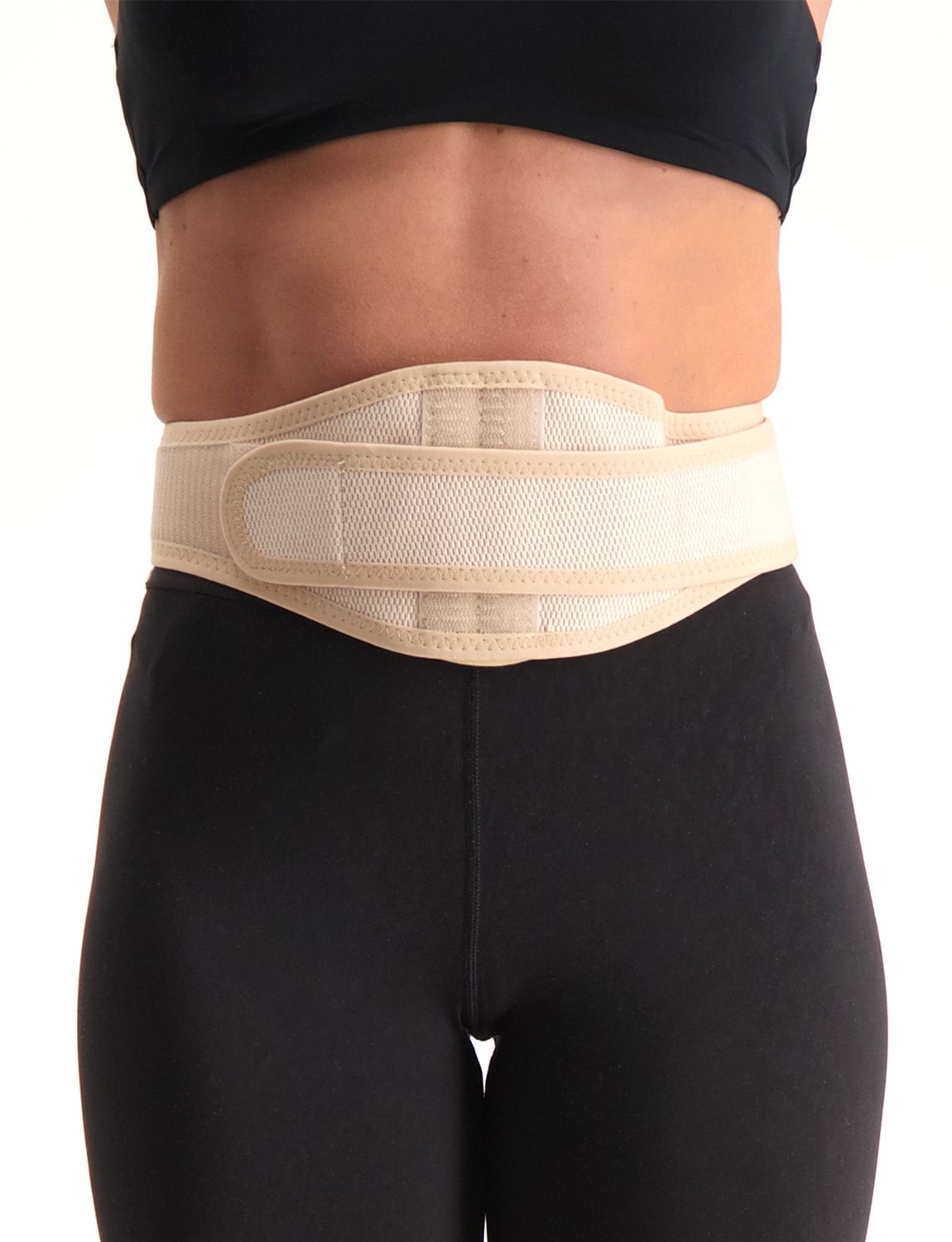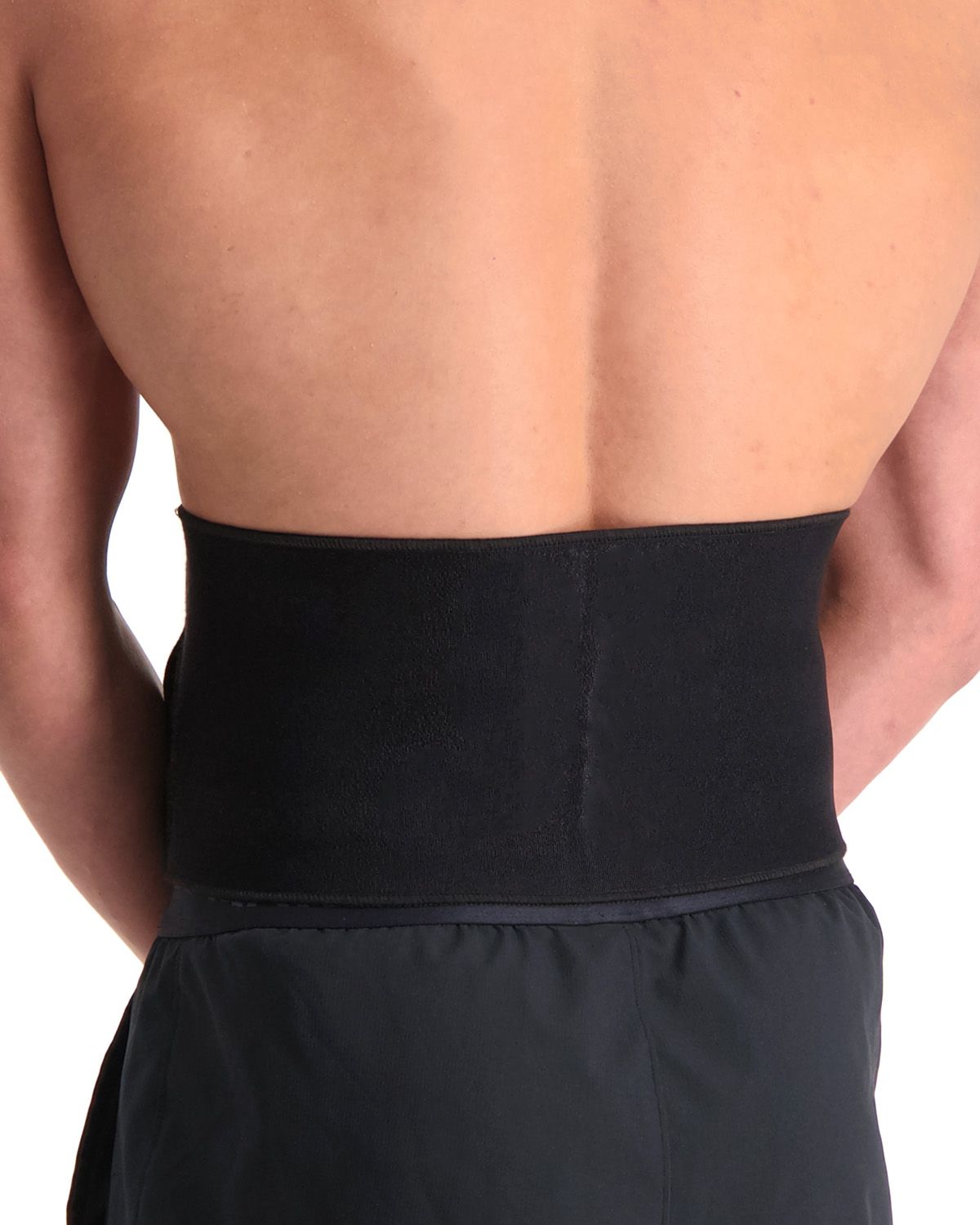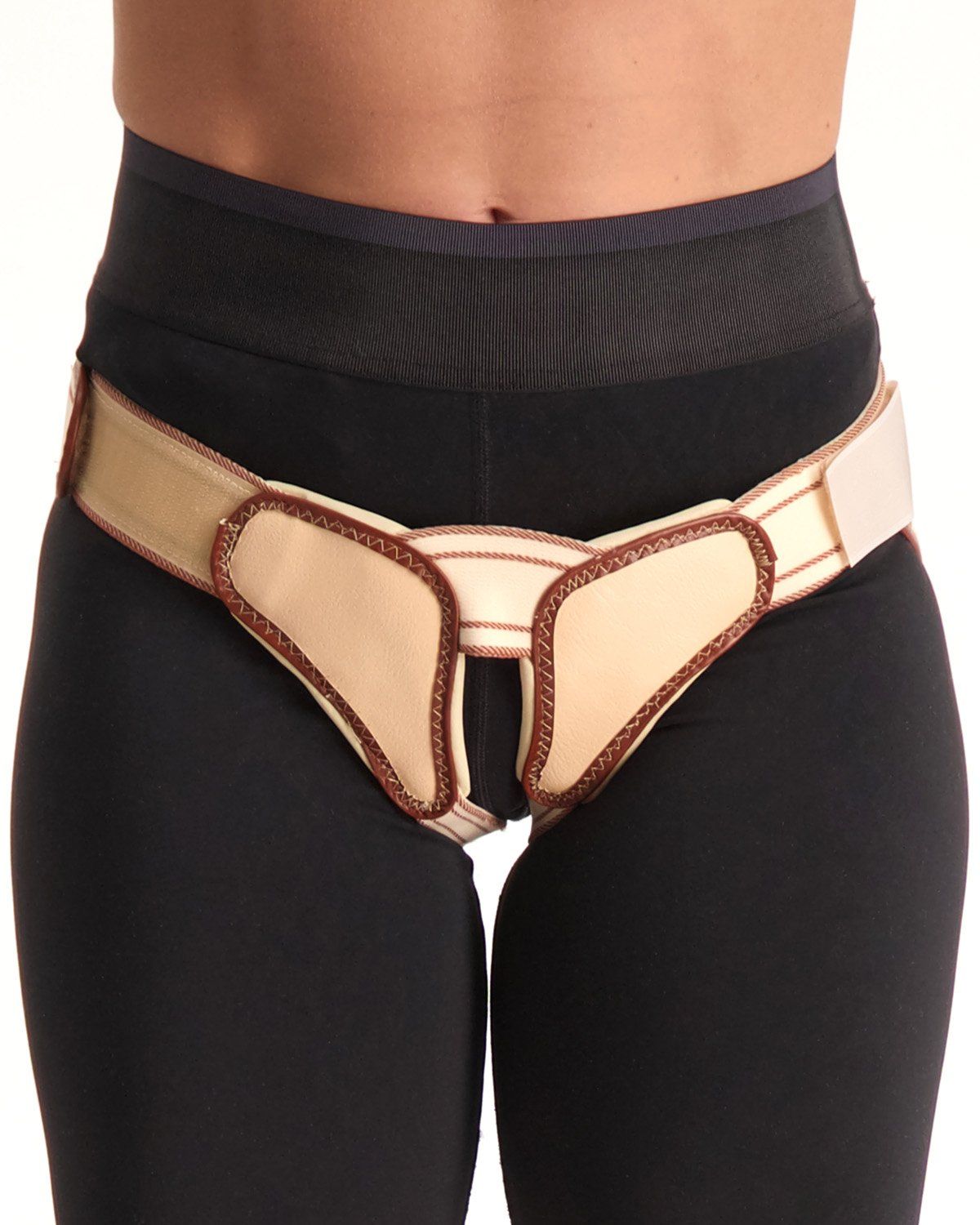An umbilical hernia is a painful and annoying condition common in babies and also in adults. Fortunately, an umbilical hernia is easily treatable. We would like to give you more information on the occurrence and treatment of an umbilical hernia. Read on quickly below.
What is an umbilical hernia?
An umbilical hernia is a bulging of the peritoneum due to a weakness in the abdominal wall, near the belly button. The peritoneum is the membrane that surrounds the abdominal organs. In an umbilical hernia, fatty tissue or part of the intestines can come out through the weak spot. The spot in the abdominal wall where the opening is located is called the rupture port. Sometimes some of the abdominal contents are in the rupture pocket, but this is not always the case. When pressure is put on the abdomen, then more abdominal contents enter the fracture pocket. This is caused by, for example, coughing, pressing or heavy lifting.

What causes an umbilical hernia?
Umbilical hernia is common in babies and young children. The cause is usually an incomplete closure of the abdominal wall during pregnancy. They often have no symptoms of this, and in most cases it closes on its own before the third birthday. Umbilical hernia can also occur in adulthood. This can be due to the following causes:
- Weakening of the abdominal wall
- Increased pressure in the abdomen
- Hard coughing
- Congestion
What symptoms occur?
An umbilical hernia results in a swelling or bulge in the umbilical region. The swelling may increase with exertion, coughing or squeezing. Other symptoms may include pain in the umbilical region, discomfort during exercise or physical work, and nausea and vomiting.
How is an umbilical hernia diagnosed?
The diagnosis of an umbilical hernia can usually be made by a doctor or nurse during a physical examination. In some cases, an imaging examination may be required, such as an ultrasound or CT scan.

Treatment of umbilical hernia
An umbilical hernia in children almost always resolves on its own and requires no further treatment. If you have an umbilical hernia as an adult, it never goes away by itself. If you have symptoms, you will need surgery. If the opening in the abdominal wall is small, it can easily be stitched. In case of a larger opening, a plastic pad is placed during surgery to make the abdominal wall stronger. After surgery, wearing an umbilical hernia belt provides the right support and protection. This will speed up your recovery.
Can you prevent umbilical hernia?
There are no proven ways to prevent umbilical hernia. However, measures can be taken to reduce the risk of an umbilical hernia, such as:
- Weight management
- Quit smoking
- Exercising regularly
- Being careful with lifting and bending
Need more information?
Still have any questions about umbilical hernia or its treatment? Then don't hesitate to contact our highly knowledgeable customer service team! They are a team of enthusiastic experts who will be happy to answer all your questions and get you back on track.







